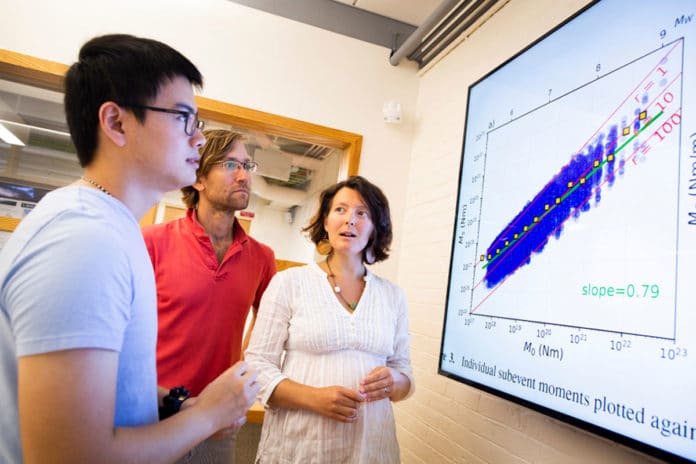Harvard scientists are developing a new technology that will predict earthquakes magnitudes earlier than ever before.
Scientists used data products and created numerical models to predict an earthquake’s final magnitude 10 to 15 seconds faster than today’s best algorithms — seconds that could provide enough time for people to exit a building or for officials to stop traffic before shaking starts.
Earthquake source time functions carry information about the complexity of seismic rupture. Scientists explored the databases of earthquake source time functions and found that they are composed of distinct peaks that they call subevents.
Scientists started with examining patterns of seismic signals that emits from the first rupture in a fault, a thin seam of crushed rock separating two blocks of the earth’s crust. Earthquake takes place when these blocks are free. Then by using seismometer, scientists read these waves and translated the motions into a graph called a seismogram.
Scientists later combined previous seismograms, which recorded changes in the waves over time as they traveled between the seismometer and the fault. This data product, known as “source time function,” provides a more accurate read on the waves from the source over long distances.
Marine Denolle, assistant professor in the Department of Earth and Planetary Sciences, said, “The self-organization of earthquake ruptures is well-explained by heterogeneity on the fault, and our current knowledge of earthquake physics can explain our observations.”
The researchers hope their work will continue to evolve and can one day help improve the algorithms for early warnings of an earthquake. To do this, they will work on extracting more accurate high-frequency signals from earthquakes to understand more about their dynamics.
The study appeared recently in Geophysical Research Letters.
